Tteokgalbi is a dish made by stir-frying chicken and vegetables in a sweet and spicy gochujang-based sauce. In recent years, it has become popular in Japan as a dish topped with cheese, known as “Cheese Dakgalbi.”
This time, we will take a closer look at dakgalbi, which is characterized by its sweet and spicy flavor and rich umami taste!
TasteTune introduces diverse cuisines from around the world and also provides music that expresses those dishes. Available on YouTube and various subscription services like Spotify, be sure to give it a listen.
The History of Dakgalbi
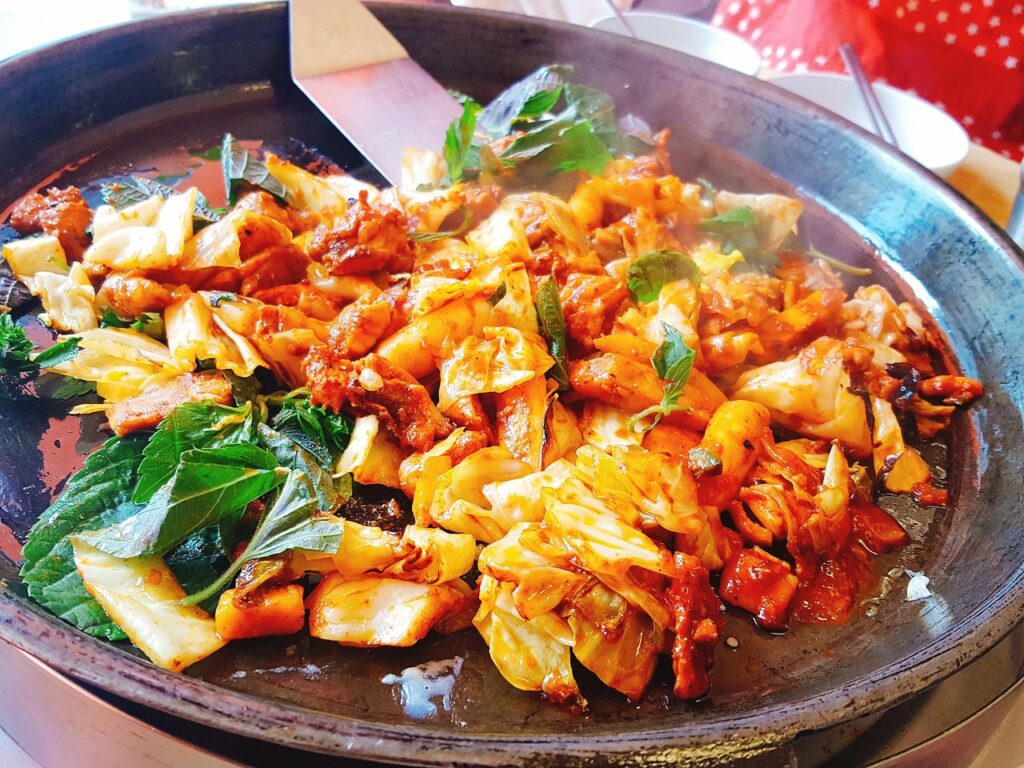
The birthplace of tteokgalbi is the city of Chuncheon in Gangwon Province, located in northern Korea. This region is rich in nature and is also known as a tourist destination.
“Chuncheon Dakgalbi” is nationally renowned as the town's signature local cuisine.
In the 1960s, beef dishes (such as kalbi) were considered a luxury in South Korea and were unaffordable for the general public. In response to this, tteokgalbi was created as a grilled dish that could be made cheaply using chicken as a substitute for beef.
The name comes from “Tatsu (chicken) + Kalbi (rib meat, grilled meat),” which is a name modeled after a beef dish.
Early versions of tteokgalbi were not cooked on hot plates as they are today, but rather over charcoal (in a brazier). However, in order to cook more ingredients at once, the style changed to hot plate cooking.
Today, tteokgalbi is a popular dish that covers all aspects of home cooking, eating out, and tourist destination cuisine. It has become easy to enjoy in retort pouches, frozen foods, and meal kits, establishing its status as a representative of Korean cuisine for the common people.
TasteTune「Dakgalbi」
Hey everyone, have you heard tastetune's song “Dakgalbi”?
I would be delighted if this music could spark an interest in tteokgalbi among many people.
Here, we introduce the thoughts, expressions, and ingenuity embodied in this music.
The Resonance of Tradition and Innovation: How to Choose Sounds
The core of this piece lies in the fusion of traditional Korean instruments and contemporary rhythms.
The delicate flow of the kayagum's sound, the rhythmic resonance of the changgo drum, and the powerful tone of the flute evoke Korea's culture and history. Overlaid with K-POP-style light rhythms and modern beats, it blends the warmth of tradition with fresh excitement—just like the dish “dakgalbi” itself.
Capturing the sizzle of a hot griddle through sound: The scene of cooking
The song incorporates sounds that make it feel as if tteokgalbi is being grilled right before your eyes.
The sizzling sound of ingredients cooking on the hot plate fills the air, creating an immersive experience where you can almost smell the aroma and feel the heat. That sound vividly evokes the distinctive spicy flavor of tteokgalbi and the lively atmosphere of Korean street stalls and eateries.
History and the Warmth of People: The Story of a Song
Some parts of the song feature gentle passages that evoke a sense of nostalgia. This reflects the history of tteokgalbi as a beloved dish that provided affordable sustenance and energy to students and workers.
The Delight of Tteokgalbi Savored Through Your Ears
This song themed around tteokgalbi is more than just background music. Within its notes, the “spiciness” of tteokgalbi, the ‘passion’ of the Korean people, and the “history” embedded in the dish all come alive. Blending traditional and modern sounds, this music lets you experience the very heat and joy of eating tteokgalbi. Let yourself be swept away on this musical journey and savor the world of tteokgalbi with your whole heart.
Types of Dakgalbi
● Cheese Dakgalbi (치즈 닭갈비)
This dish features tteokgalbi topped with melted cheese—such as mozzarella or cheddar—and is enjoyed by mixing all the ingredients together. The mild, creamy flavor of the cheese makes it especially popular among children and those who prefer less spicy food.
It is also the type that made tteokgalbi widely known in Japan.
The key point is its visually appealing appearance, which makes it a staple at izakayas and Korean restaurants.
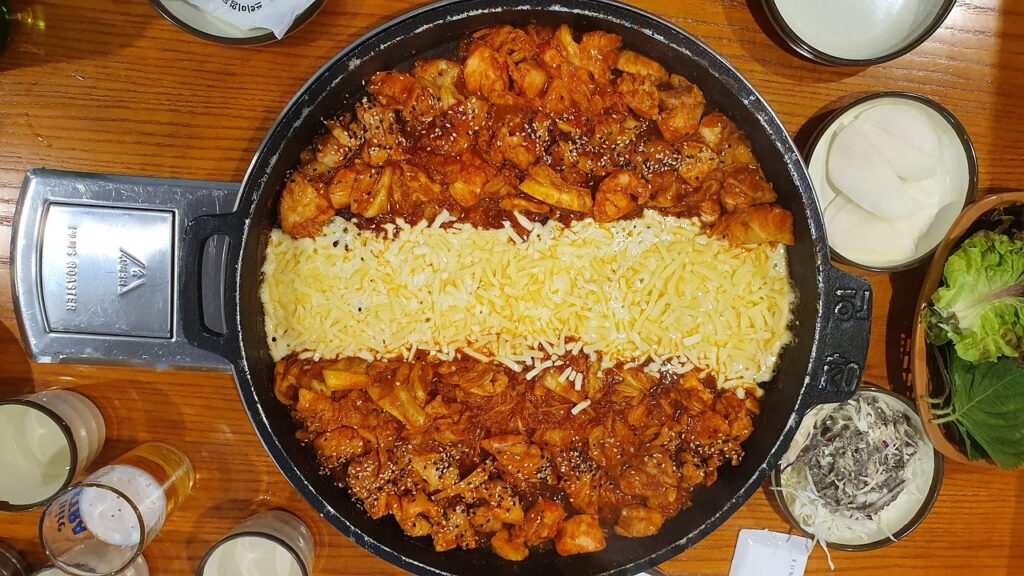
● Spicy Dakgalbi (매운 닭갈비)
You can enjoy a more stimulating flavor than regular tteokgalbi, with more chili peppers and gochujang. In South Korea, there seem to be many restaurants where you can choose the level of spiciness.
There are also extremely spicy dishes with names like “Hell Dakgalbi,” and it seems that friends often challenge each other to see who can handle the heat the best.
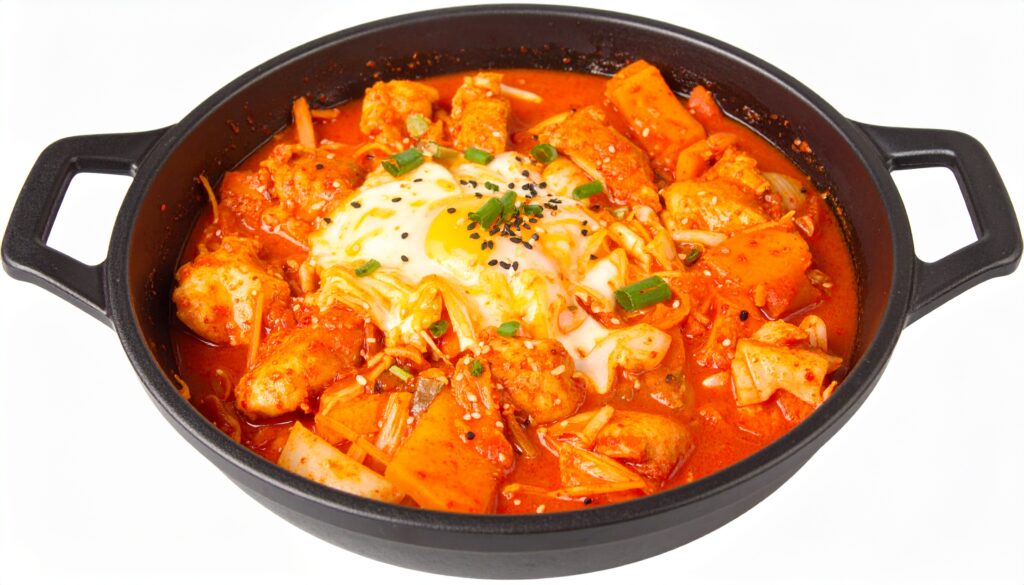
● Curry Dakgalbi
This is a variation that includes curry powder and curry sauce. It is made to reduce the spiciness and add aroma.
As with cheese tteokbokki, combining cheese makes it easier to eat.
It suits Japanese tastes well, and there is even something called “curry tteokgalbi donburi.”
● Seafood Dakgalbi (해물 닭갈비)
This type of ramen is luxuriously topped with seafood such as squid, shrimp, and scallops. You can enjoy the rich and deep flavor of both chicken and seafood.
It is often seen in fishing ports, and when combined with seasonal seafood, you can enjoy a dish with a strong regional flavor.
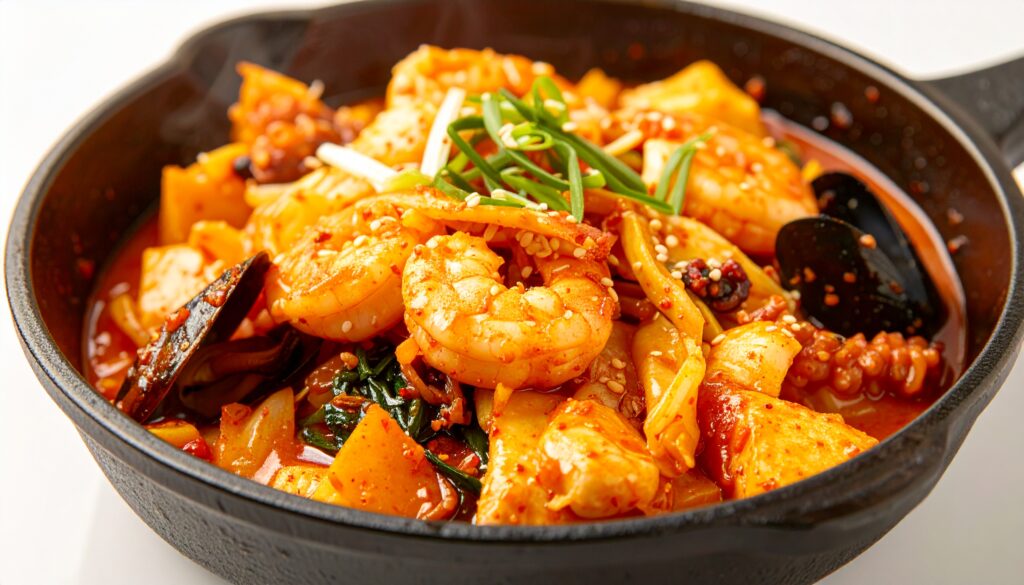
● Cream Dakgalbi
This is a Western-style version of tteokgalbi served at some café-style restaurants in South Korea. Milk and fresh cream are used to give it a mellow and rich flavor.
Also known as “gratin-style tteokgalbi,” this dish is not spicy and is recommended for beginners.
● Vegetable-packed Dakgalbi (건강 닭갈비)
This dish is designed for health-conscious diners, with less chicken and more vegetables. It is rich in dietary fiber and vitamins, so it is also recommended as a diet menu item.
Mainly cabbage, bean sprouts, mushrooms, and broccoli are used, but the seasoning is the same as usual, based on gochujang.
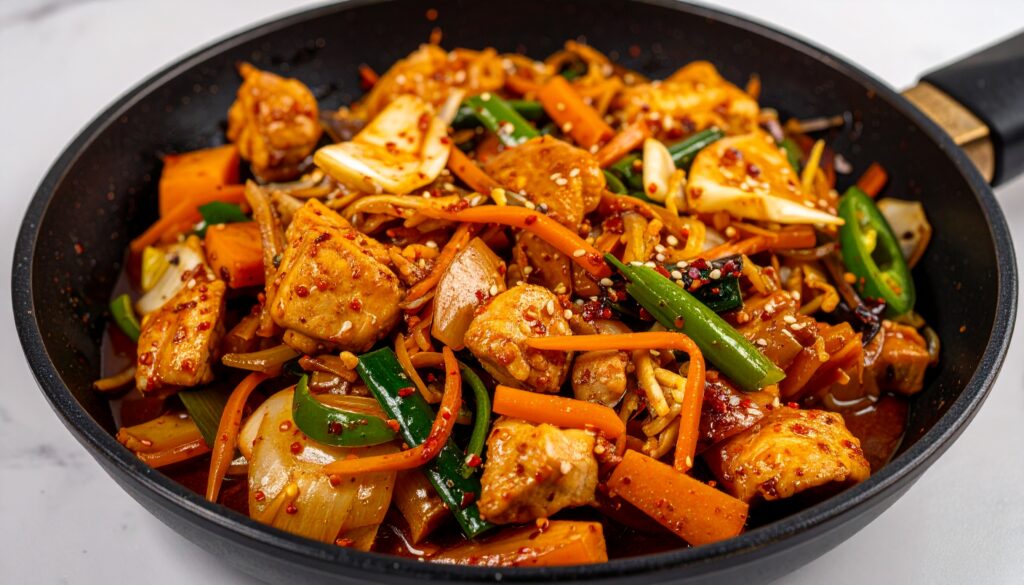
● Chuncheon Style Original Dakgalbi: Charcoal-grilled Dakgalbi (숯불 닭갈비)
In Chuncheon, the home of this dish, the traditional style of using bone-in chicken, large iron plates, and charcoal grills still remains.
It is characterized by its fragrant flavor and is made using a simpler seasoning method than usual to bring out the flavor of the ingredients. Another feature is that some specialty shops in Chuncheon allow customers to bring their own toppings and seasonings.
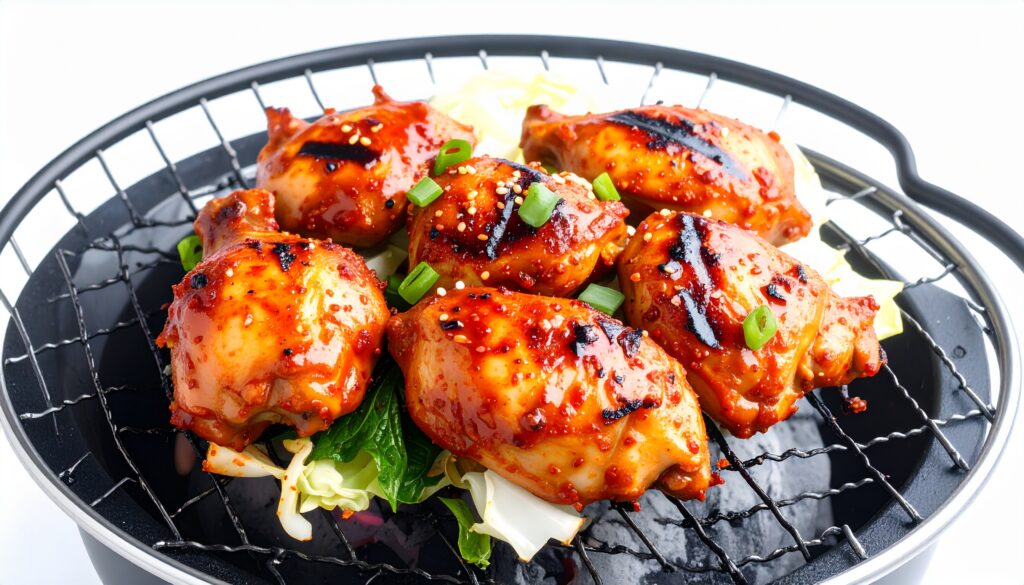
● Instant Dakgalbi
There are also retort pouches, frozen foods, and cup noodle-style versions of tteokgalbi. These can be heated in the microwave and are available at supermarkets and Korean online stores, making them popular among busy people, as well as for souvenirs and home use.
It seems that it is also sold in convenience stores and as frozen food in Japan.
Trivia and interesting facts about tteokgalbi
Chuncheon Dakgalbi Street (춘천 닭갈비 골목)
Chuncheon Dakgalbi Street is a famous gourmet street in Chuncheon City, Gangwon Province, South Korea. As the name suggests, this area is lined with dakgalbi restaurants and is a popular spot for tourists from both inside and outside South Korea.
It is said that in the 1970s, several takkalbi restaurants began to gather near Chuncheon Station. The style of cooking chicken on a hot plate, which was rare at the time, became a hot topic.
In the 1980s, the image of “Chuncheon means dak-galbi” became established, and it spread nationwide as a local specialty dish.
Subsequently, as part of efforts to promote tourism, the shops near the station were redeveloped and renovated into what is now known as “Chuncheon Myeongdong Dakgalbi Street (춘천 명동 닭갈비 골목).”
There are more than 20 restaurants specializing in tteokgalbi on both sides of the street, and you can enjoy comparing the dishes at each restaurant.
At authentic restaurants, you can often add cheese, seafood, vegetables, rice, and other ingredients to customize your dish to your liking. It's also a good idea to find something you like from the types of tteokgalbi mentioned above.
How to make basic tteokgalbi (serves 2-3 people)
Ingredients
[Main Ingredients]
- Chicken thigh meat... 300-400g (cut into bite-sized pieces)
- Cabbage... 1/4 head (roughly chopped)
- Onion... 1 (thinly sliced or cut into wedges)
- Carrot... 1/2 (finely chopped)
- Sweet potato... 1 piece (sliced thinly to about 5 mm thick)
- Tteokbokki (Korean rice cakes)...100g
- Leeks... 1/2 bunch (cut into 5 cm pieces, to taste)
[Sauce (Yannom)]
- Gochujang... 2 tablespoons
- Gochugaru (ground red pepper)... 1 tablespoon (to taste)
- Soy sauce... 1.5 tablespoons
- Sugar... 1 tablespoon
- Mirin... 1 tablespoon
- Garlic (grated)... 1 clove
- Sesame oil... 1 tablespoon
- Grated ginger...a little (to taste)
[Toppings (for cheese dakgalbi)]
- Melting cheese (mozzarella, for pizza) ... 100-150g
How to make them
Preparation
- Season the chicken.
First, marinate the chicken thighs in half the sauce for 30 minutes to an hour. It tastes delicious when the flavor is well absorbed. - Cut the vegetables.
Next, cut the cabbage, onion, carrot, sweet potato, and other vegetables into bite-sized pieces. - Return the tteokbokki.
Store-bought tteokbokki can sometimes be hard. Boil it in hot water for a few minutes to soften it (follow the instructions).
Cooking Instruction
- Heat a frying pan or hot plate over medium heat.
First, lightly coat the pan with salad oil and start cooking the marinated chicken. - Once the chicken is cooked through, add the vegetables.
Next, add the cabbage, onion, carrot, and sweet potato and stir-fry them together.
At this point, stir-fry while mixing to prevent burning. - Add the remaining sauce and mix well.
Add tteokbokki halfway through cooking. - Once the ingredients are thoroughly cooked, it's ready to serve.
Once the vegetables are tender and the chicken is cooked through, it's ready to serve. - (For cheese tteokbokki) Add cheese.
Finally, make space in the center of the pan and add a generous amount of cheese.
Once the cheese has melted, mix in the chicken and vegetables and enjoy!
Finishing touch (fried rice, pokkumbap)
- Add rice (1 to 1.5 bowls) to the remaining ingredients and sauce.
- Mix well and stir fry (you can also add kimchi and seaweed).
- Add cheese and eggs to taste, bake until crispy, and it's done!
Key points for cooking
The spiciness can be adjusted by the amount of gochujang and chili powder used.
Adding sweet potatoes also adds sweetness and makes it milder.
The longer it is marinated, the richer the flavor and the more tender the meat becomes.
Summary
Tteokgalbi is a popular Korean dish that everyone can enjoy, consisting of chicken and vegetables stir-fried in a sweet and spicy sauce.
There are various types of dakgalbi, including dakgalbi topped with cheese, which can be enjoyed by both children and adults.
In Chuncheon, the home of dakgalbi, there is a street lined with restaurants specializing in dakgalbi, where you can enjoy the local flavor.
There are many easy-to-make recipes, so please try making dakgalbi at home.
Once you try it, you'll definitely be hooked!
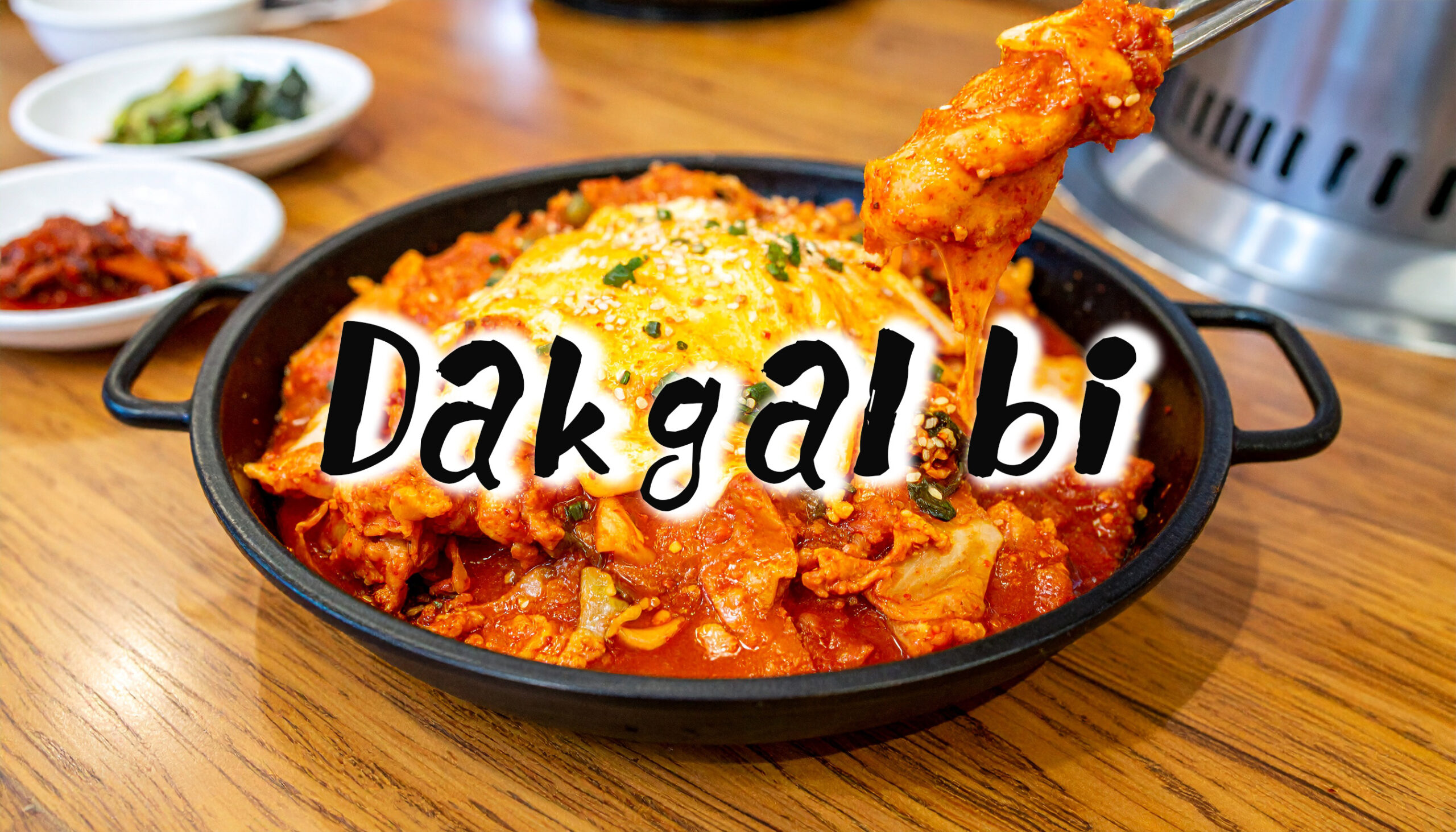
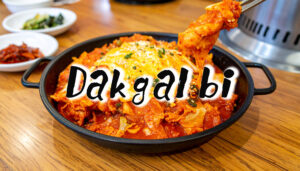
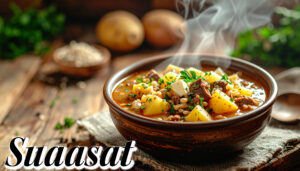
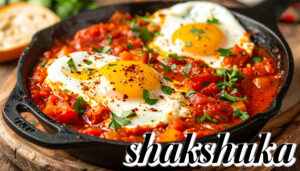
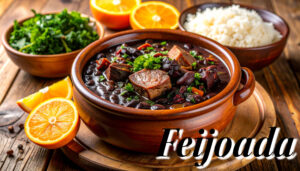
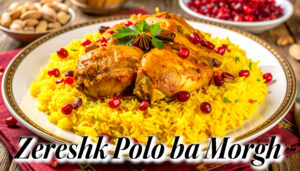
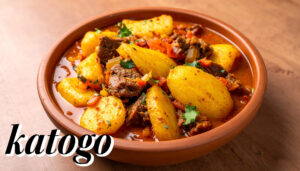
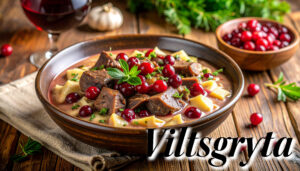
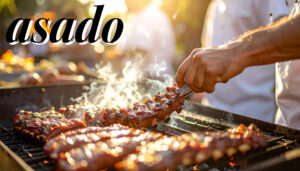
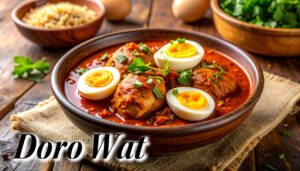
Comments